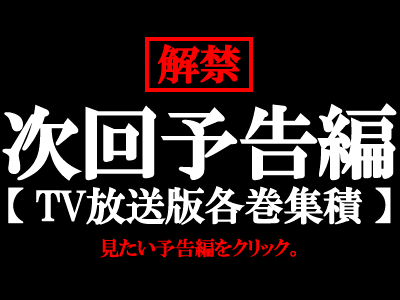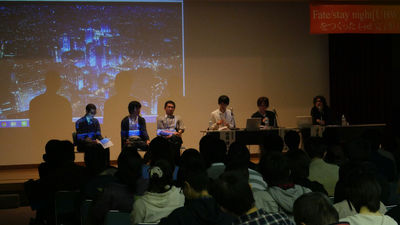I asked ``Machi★Asobi vol.27'' of the anime ``Why the credits are different between the on-air version and the packaged version'' and ``The reason why credit errors occur''

At the opening and ending of an anime, credit information such as ``Screenplay: ○○'' and ``Animation Director: ○○'' is displayed, indicating who was in charge of what role. I watched an event on ``
Machi★Asobi
https://www.machiasobi.com/
The world of anime databases that you don't know about.What is 'credit' from an animator's point of view?
https://www.machiasobi.com/events/machiasobi_v27/m27_animedatabase.html
The event was held at ufotableCINEMA on October 28, 2023 from 17:00. The title is ``The world of anime databases that you don't know about: What 'credits' are from an animator's point of view.''

The host of the event was

◆What you can tell from the credits
Mr. Tokuno serves as a director of

JAniCA's officer introduction page only lists information about three works, but Mr. Tokuno has actually participated in many more works. The following is an excerpt from

Furthermore, there is a page summarizing Tokuno's work on the overseas anime information site ' Anime News Network ', and a huge amount of information is recorded there as well. According to Mr. Otsubo, the name 'Tokuno' has the advantage that the information will not be lost in overseas databases because there is no other spelling other than 'TOKUNO'. On the other hand, if the name is ``Hikari,'' the spelling may change, such as ``HIKARI'' or ``HIKARU,'' so the information may be disjointed overseas.

◆What information is required for credit?
People who don't know much about anime tend to mistakenly think, 'If you're in charge of the animation for ○○, doesn't that mean you're in charge of everything from the first episode to the final episode?', but in reality, 'I'm in charge of the 3rd episode.' There are many situations where participants only participate in a certain number of episodes, such as 'I only participated in the first episode and episode 5.' Also, in anime, the person in charge may change when rebroadcasting due to changes in material, etc. For this reason, it is desirable for credit information to include information such as ``which work'', ``which season'', ``what year, month, and day of the version aired'', and ``what was the person in charge of''.

◆Reason why credit errors occur
Credits may differ not only between broadcast and rebroadcast, but also between the on-air version and the packaged version. According to Mr. Tokuno, in the on-air version, there are cases where errors in credits remain because ``Although a typo was discovered, please refrain from editing the V part (video editing) again.'' Additionally, credit errors often go unnoticed when airing due to the fact that the schedule is quite tight.

In addition, in the theatrical version, there is a situation where ``credits for the pamphlet are created at a different time than the video'', and incorrect information is often written in the pamphlet. For this reason, Mr. Otsubo said, ``Don't believe in pamphlets. They are the ones you should not trust the most,'' and ``The best thing (to check credit information) is the packaged version.''

Below is a slide listing the causes of credit errors. ``In the case of names that are easy to confuse, such as Saito and Saito, the correct spelling and the spelling in the employee ledger may be different,'' ``The person in charge changes when a cut is redrawn,'' and ``It seems that NHK has a set number of credits.'' The causes are listed. In addition, there seems to be a problem that ``as a result of the transition from Shift-JIS to Unicode, the number of characters that can be handled has increased, and the notation of credits is unstable''.

◆Efforts to compile credit information
Credits play an important role for animators, such as ``proving their achievements in anime production'' and ``replacing a business card for their next work.'' Credits also have the role of ``recording work that the animator himself does not remember.''


The ``Media Arts Database'' is a project that creates a database of such useful credit information. The Media Arts Database compiles information on works and holdings of manga, animation, games, and media art, and anyone can view them freely. Additionally, APIs and datasets that can retrieve information from the database are also available.
Media arts database
https://mediaarts-db.bunka.go.jp/

Media Arts Database (Beta version) WebAPI specifications
(PDF file) https://mediaarts-db.bunka.go.jp/resources/pdf/mediaartsdb_webapi_documents.pdf

GitHub - mediaarts-db/dataset: Media Arts Database (Beta) dataset
https://github.com/mediaarts-db/dataset

Related Posts:
in Coverage, Posted by log1o_hf







